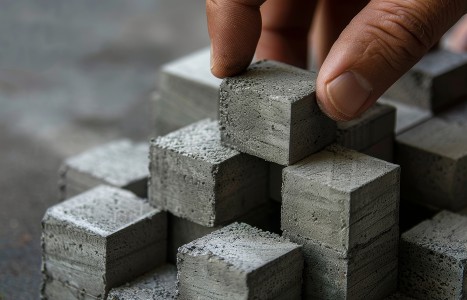Because traditional Chinese medicine (TCM) views the human body as an interconnected network of energy (qi) and seeks to restore balance and harmony, ensuring the smooth flow of qi and blood is crucial to nourish and regulate the reproductive system. TCM treatment aims to regulate menstruation, reduce anovulatory menstruation, help ovulation, improve egg quality, stabilize progesterone, and provide a good endometrium environment for successful implantation and pregnancy.
Are Standardized Herbs Better?
Standardized is a term which means a substance contains a guaranteed amount of a certain botanical constituent. For example, St. John's Wort can be standardized to contain hypercin; gingko can be standardized to contain flavones; ma huang can be standardized for ephedrine; and milk thistle can be standardized for its silymarin content.
Standardized does not necessarily mean stronger or better. Chemical solvents such as hexane, benzene, acetone and methyl chloride are typically used in standardized extracts. Residues of the chemicals are found in the finished products. They may furthermore be hazardous to the environment.
The problem with obtaining an amount of a standard constituent is that a plant can contain hundreds of active constituents. Be concentrating on one component, we may lose synergistic compounds that can improve effectiveness and lessen adverse reactions.
Often, scientists do not fully understand which constituents are beneficial for the clinical results of an herb. For example, scientists are unclear whether it is hypercerin, hyperiform, or the interaction of several constituents that have antidepressant properties in St. John's Wort. It was once thought that the immune effects of echinacea were due to echinosides; it is now thought that polysaccharides and proteins may also support immunity. In the case of ginseng, ginsenosides are found in ginseng leaves and roots; however, the leaves do not have the same properties as the roots. In the south Pacific, the locals use kava kava roots; German pharmaceutical companies, however, use the stems to make standardized kava kava.
Another drawback of standardized herbs is the chemicals used to manufacture them. Advocates of standardized herbs are usually academics with little clinical experience with herbs or researchers whose work is funded by companies that manufacture standardized products.
Traditional herbalists seldom used standardized products for a variety of reasons. First, standard extracts tend to be more expensive. Second, there is little evidence that they are more effective than the whole herb. For example, I have never seen studies comparing gingko tea to standardized gingko extracts; such extracts have not been shown to be superior to whole ginseng root. Finally, many herbalists reject the pharmaceutical model of health care, which involves costly production techniques and capital investment to make a standardized extract.
Standardized herbs play a role in the drug model of herbal medicine. However, traditional herbalists will continue to recommend herbs in their more natural state, which may include water and alcohol extracts and teas and pills that have not been standardized.
A variety of factors influence a product's quality, including weather; type of soil; the time of year the plant is harvested; the age of the plant; the part of the plant being used; the plant's DNA; and storage and processing. You can also blend various batches of herbs to achieve a consistent potency: this is commonly done in the wine-making industry. In addition, you could add an active compound (synthesized) to an herbal product.
The purpose of this article is not to condemn standardized herbs. It may be a good idea to remember that this type of herbal preparation is just one of many forms. If you have any questions about the issues in this article, please contact me at the address below.


